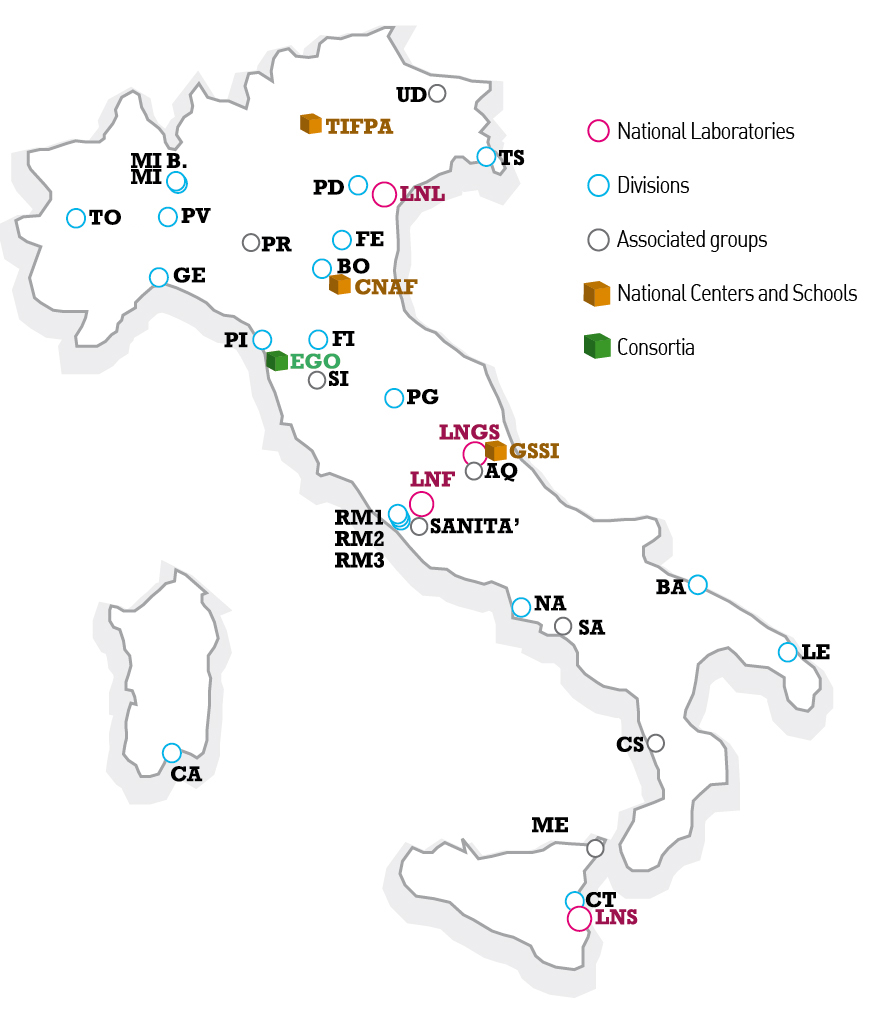Abstract
The aim of the project is to investigate the electronic and optical properties of suitably combined and functionalized classes of two-dimensional materials (2DM) that may have an impact in quantum technology and quantum information (QI) processing. We will exploit, and further develop, theoretical tools relying on ab-initio methods, including density functional theory, many-body perturbation theory and open quantum system theory (OQST).
The 2DM under scrutiny, due to their atomic-scale thickness and weak dielectric screening, have the potential to generate peculiar quantum states, which, besides being of fundamental importance, are promising candidates to realize scalable solid-state qubits. Specifically, excited carriers, neutral/charged excitons, topological or exotic quasi-particles (QP) - like Majorana Fermions (MF) - may be formed in selected 2DM, and have sufficiently long coherence times to be prepared in quantum superposition or entangled states. The latter would be eventually employed to realize topological qubits, artificial meta-atoms, sensitive detectors and tunable coherent sources of electromagnetic (e.m.) radiation, operating primarily in the THz band.
Moreover, their extreme sensitivity to doping, molecular functionalization, and external stimuli (such as strain or external fields), along with their versatility to be synthesized in multi-layer atomic structures, further increases the possibility to modulate their physical properties in order to match the requirements for quantum device (QD) application.
Our effort will aim at specific objectives (OBJ), e.g. identification of electronic, spin, optical properties of atomic defects, Moiré patterning effects, characterization of topologically protected states and exotic (excitonic insulator) phases. We will further borrow tools from quantum metrology and QI theory to characterize the performance of possible QD made with 2DM, which may eventually lead to suitably optimized, innovative quantum protocols.
